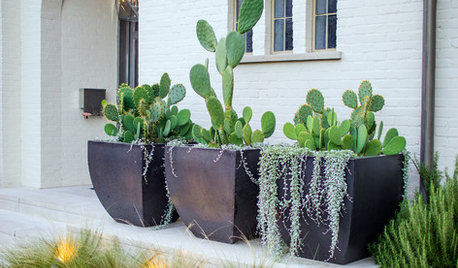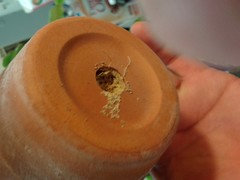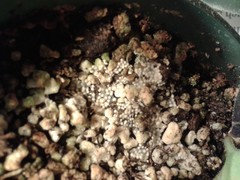old fashioned Christmas cactus has mold in soil
User
9 years ago
Featured Answer
Sort by:Oldest
Comments (33)
User
9 years agoUser
9 years agoRelated Professionals
Manchester Landscape Contractors · Edmond Landscape Contractors · Barrington Landscape Contractors · Cerritos Landscape Contractors · Hurricane Landscape Contractors · Longmont Landscape Contractors · Mastic Beach Landscape Contractors · Mount Kisco Landscape Contractors · New Cassel Landscape Contractors · Westchester Landscape Contractors · Wethersfield Landscape Contractors · Wheat Ridge Landscape Contractors · Wilton Landscape Contractors · Markham Landscape Contractors · Whitman Interior Designers & Decoratorsgreenman28 NorCal 7b/8a
9 years agoTiffany, purpleinopp Z8b Opp, AL
9 years agoUser
9 years agogerber_daisey12
9 years agogreenman28 NorCal 7b/8a
9 years agoUser
9 years agogreenman28 NorCal 7b/8a
9 years agonomen_nudum
9 years agoUser
9 years agogreenman28 NorCal 7b/8a
9 years agoUser
9 years agoUser
9 years agojane__ny
9 years agogreenman28 NorCal 7b/8a
9 years agoSans2014
9 years agoUser
9 years agoUser
9 years agoUser
9 years agoSans2014
9 years agoSans2014
9 years agoUser
9 years agoTiffany, purpleinopp Z8b Opp, AL
9 years agoUser
9 years agoqld01
8 years agolast modified: 8 years agoUser
8 years agoqld01
8 years agolaticauda
8 years agoTiffany, purpleinopp Z8b Opp, AL
8 years agoqld01
8 years agoUser
8 years ago
Related Stories

HOUSEPLANTSGreat Houseplant: Holiday-Blooming Cactus
You may know it as Christmas cactus, but whichever holiday floats your boat, this plant is a year-round beauty
Full Story
REMODELING GUIDESOne Guy Found a $175,000 Comic in His Wall. What Has Your Home Hidden?
Have you found a treasure, large or small, when remodeling your house? We want to see it!
Full Story
LIFEHouzz Call: What Has Mom Taught You About Making a Home?
Whether your mother taught you to cook and clean or how to order takeout and let messes be, we'd like to hear about it
Full Story
CONTAINER GARDENSCactus and Succulent Containers Are Ideal for Hot, Sunny Spots
Bring on the sun with these heat-loving succulent container gardens
Full Story
FURNITUREOld Furniture: Clean, Reupholster or Replace It?
A veteran upholstery cleaner weighs in on the options for found, inherited and thrift store furniture
Full Story
REMODELING GUIDESThe Hidden Problems in Old Houses
Before snatching up an old home, get to know what you’re in for by understanding the potential horrors that lurk below the surface
Full Story
GREEN BUILDINGThe Big Freeze: Inventors Break New Ground to Keep Things Cool
Old-fashioned fridges can be energy guzzlers, but there are more eco-friendly ways of keeping food fresh, as these global innovations show
Full Story
GARDENING GUIDESWhat Kind of Roses Should You Grow?
Want to add the beauty of roses to your garden? Find out which ones, from old-fashioned to modern, are right for you
Full Story
DIY PROJECTSNeat Little Project: Make a Sturdy Stand for Tablets and Books
Save your neck from straining with this handy DIY wooden stand for an iPad, a Kindle or a good old-fashioned cookbook
Full Story
HOLIDAYSChristmas Tree Decorating the Painless Way
Holidays are for carols, not cussing. Make tree trimming less work and more fun with this guide at your side
Full Story














UserOriginal Author